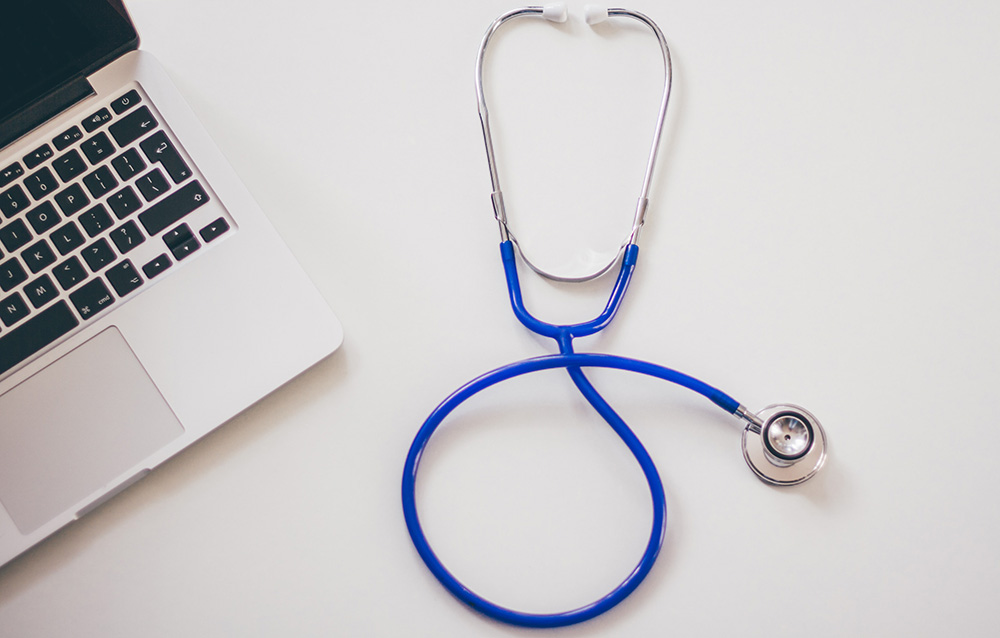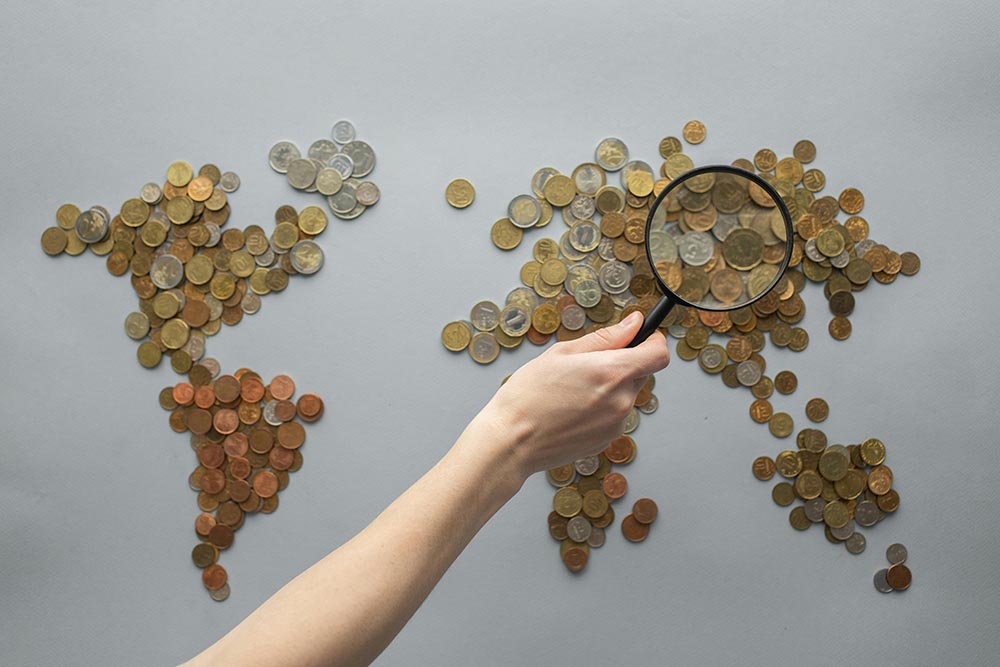 Travel insurance is the most important thing to pack for a trip. Photo credit: Pexels.com
Travel insurance is the most important thing to pack for a trip. Photo credit: Pexels.com
The key to travel insurance is simple: You insure what you can’t afford to pay yourself. Unlike health insurance in the United States, travel health insurance is very affordable and one of the most important things to purchase for any trip!
Affiliate links are used in this post. If you make a purchase, I earn a small commission at no cost to you, which goes toward the cost of maintaining this blog.
Why do you need travel health insurance?
It covers all the things that go wrong – the flight delay that left you stranded in Istanbul for the night or the bout of food poisoning that hits a few hours before your flight home from Mongolia. Both are true stories from my travel adventures and not fun memories. Both of which I claimed on travel insurance and were covered by my plan. I ALWAYS buy travel insurance for every trip, which usually runs $56-100/month depending on your age. What’s the best travel insurance? SafetyWing is my go-to travel insurance company.
SafetyWing Travel Insurance Options
SafteyWing Nomad Insurance has two options: Essential and Complete. Neither plan covers pre-existing conditions. (I’m currently on an Essential plan.)
Nomad Insurance Essential provides short-term coverage for unexpected medical issues and emergencies while traveling outside your home country. Additional add-ons include adventure sports, electronic theft and U.S. coverage for non-residents.
The Nomad Insurance Complete is long-term comprehensive coverage (12-month commitment) for unexpected and ongoing health concerns worldwide. These plans can be paid monthly or annually for a 10% discount. (This policy is not available to U.S. residents.)
One of the best benefits of SafetyWing is that you can buy while you are abroad and get 24/7 customer support with a REAL human! (I can vouch that they are excellent at assisting and will follow up with you afterward!) For more details about SafetyWing, read my SafetyWing Review Post!
What does travel health insurance cover?
While it’s important to always read the full insurance policy, these are the most common things covered by travel insurance.
- Emergency Accident & Sickness Expenses. This benefit covers physician fees, medicines, x-rays and other expenses related to illnesses on the trip. Ambulances, lab tests and therapeutic services are also covered. To be clear, this is for when you get sick on the trip and does not cover routine medical care. SafetyWing also includes evacuation to a better-equipped hospital when needed.
- Emergency Evacuation & Repatriation. During my first summer working in Asia, a co-worker broke her neck diving into a waterfall in Laos. She was airlifted to Thailand and thankfully, fully recovered. She luckily had travel insurance, which covered her evacuation and flew her mom to be with her in Bangkok until she was well enough to fly home. This is just one example of the most important part of travel insurance – emergency evacuation and transportation for someone to join you if you are traveling alone. This benefit also includes non-medical emergency evacuation due to civil unrest, a natural disaster, etc. Accidental loss of life, dismemberment, and repatriation of remains are also part of this benefit.
- Trip Cancelation, Delay or Interruption. Trip cancelation and interruption include sickness, injury or death of yourself or a family member, inclement weather, terrorism and the destruction of your principal place of residence. For trip delays, benefits usually kick in after a 12-hour delay with meal and accommodation coverage. You must provide the original proof of purchase for any travel, proof of the delay, receipts for your expenses and proof of any refunds or cancelations. For medical issues, you’ll need a doctor’s note stating why you can’t travel.
- Baggage Delay & Damage. Most policies have some benefit for loss, damage or delay of both checked and carry-on baggage. Usually, they pay $3,000 maximum for this benefit and up to $500 per item including electronics. Passports are often covered by this benefit as well. A police report is required for stolen items. (FYI: Reaching out to the airline is another option with baggage issues. When my luggage showed up in Boston with water literally pouring out of the bag after a three-hour rain delay, I reached out to the airline directly who reimbursed me for my camera chargers and gave me flight vouchers.)
- Injuries from leisure sports and activities. Activities considered high-risk or professional sports activities are not covered. Check your policy’s fine print or contact customer service for questions.
- Motor Accidents. You must be properly licensed, not intoxicated and wearing safety equipment to be covered. Licensing requirements vary by country. For travel insurance to cover you, you must have a license in the county you are driving in or meet the country’s requirements to drive legally. Your home country’s license for a motorcycle might not cover you abroad. This means you are NOT covered in most of Southeast Asia, especially Vietnam. This is IMPORTANT so don’t ignore this!
- Home Country Coverage. For every 90 days aboard, you can get a limited amount of U.S. coverage. U.S. residents get 15 days while non-U.S. residents get 30 days.
- Electronics Theft. Some policies will cover stolen electronics for an additional fee. Often a police report is needed within 24 hours of the incident. You may be required to produce the original purchase receipt for items. Policies will usually only pay a flat fee for an item. Some policies set a limit of $1000 per item with a $3,000 yearly maximum.
 Getting reimbursed from travel insurance is easier than you think. Photo credit: Pexels.com
Getting reimbursed from travel insurance is easier than you think. Photo credit: Pexels.com
How do you get reimbursed for travel insurance?
The standard procedure for travel insurance is that you pay out of pocket and then are reimbursed. Depending on the company, it normally takes 30 days after a claim is filed to be reimbursed. I find it takes longer if your claim is complicated or if you fail to submit your paperwork properly. If you put these costs on a credit card, be warned that you might not be paid back before the credit card bill arrives. Insurance does NOT cover interest fees on credit cards. Check the fine print for details.
Also, the paperwork required for claims can be time-consuming. Be sure to keep records of everything – you’ll need a doctor’s report and all receipts! This will make it easier and faster when filing the claim.
Safe travels!

